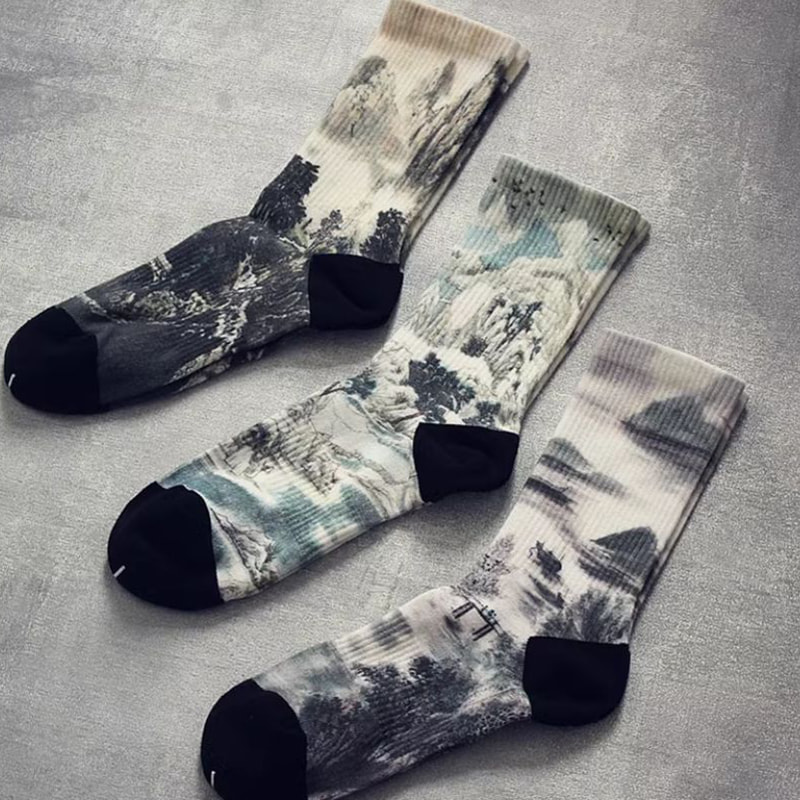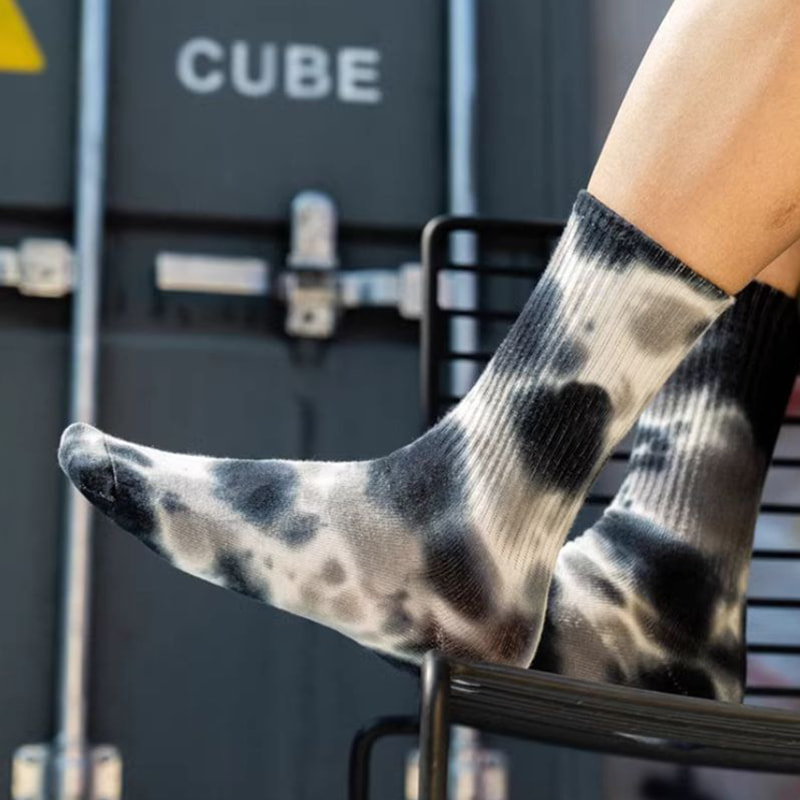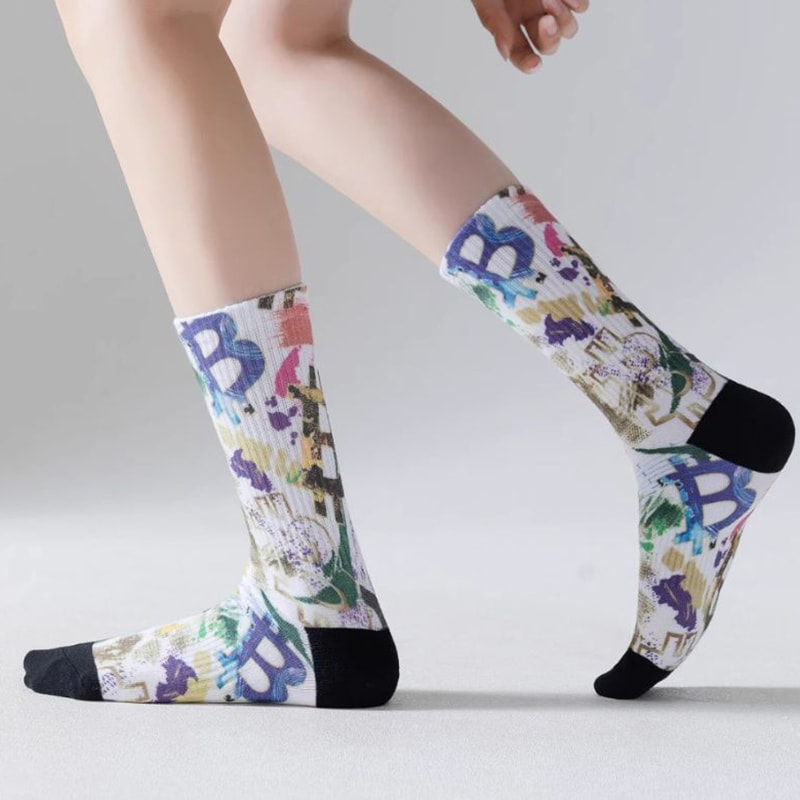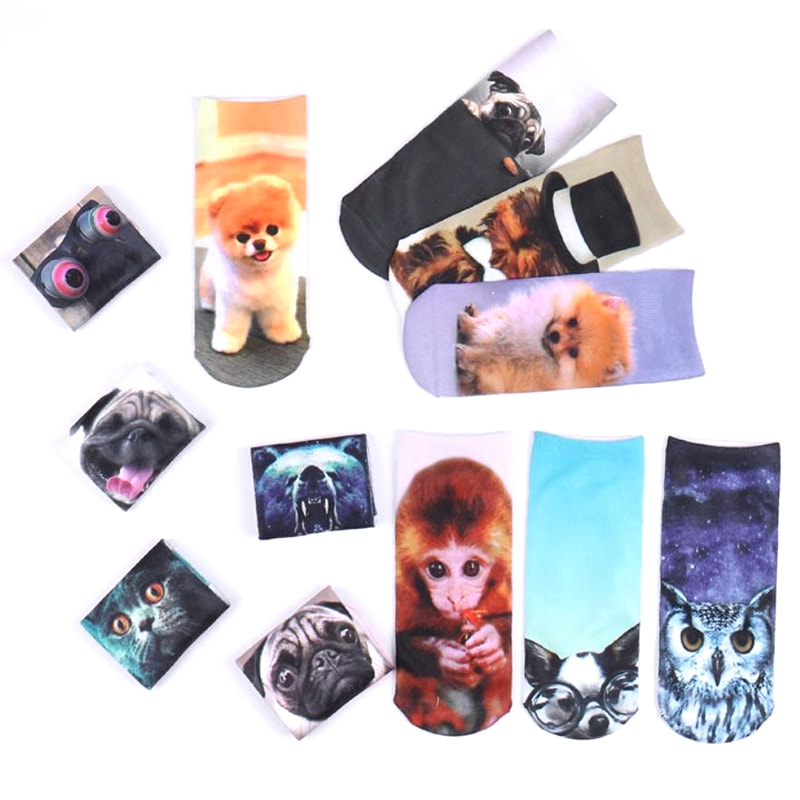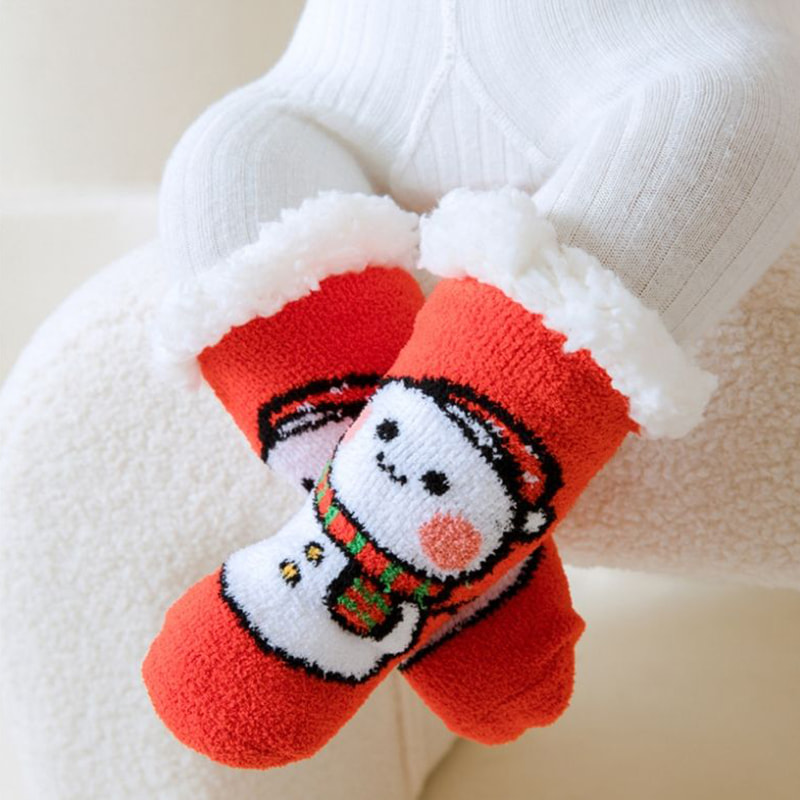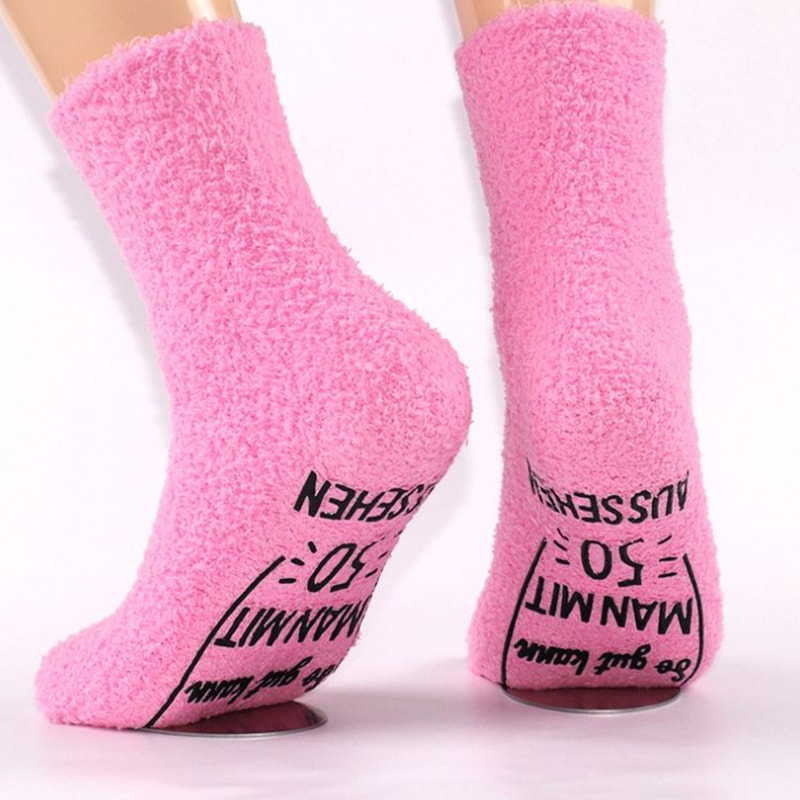When it comes to athletic wear, choosing the right socks is just as important as selecting the proper shoes and apparel. Athletic socks for women are designed to provide comfort, support, and performance during various physical activities, whether you're running, doing yoga, or hitting the gym. The right pair of socks can help prevent discomfort, blisters, and even injury, so it's essential to know what to look for. In this article, we’ll explore how to choose the best athletic socks for women, considering factors like material, fit, design, and activity type.
1. Material: Comfort, Breathability, and Moisture-Wicking
One of the most important aspects to consider when choosing athletic socks is the material. Athletic socks are made from various fabrics, each offering different benefits. The most common materials used for athletic socks include:
-
Cotton: While cotton is a natural and comfortable material, it tends to absorb moisture rather than wick it away. As a result, cotton socks may leave feet feeling damp and can lead to blisters during intense physical activity. Cotton socks are better suited for light activities or casual wear, but they are not the best choice for vigorous exercise.
-
Synthetic Fibers (Polyester, Nylon, Spandex, Acrylic): These materials are designed to wick moisture away from the feet, helping to keep your feet dry and comfortable during physical activities. They also provide good stretch and support, ensuring that the socks fit snugly and don't bunch up during movement.
-
Merino Wool: Merino wool is an excellent choice for athletic socks because it is moisture-wicking, breathable, and temperature-regulating. It’s ideal for cold-weather activities or long-duration sports, as it keeps feet dry and warm while also being soft against the skin. Wool is also naturally odor-resistant, making it a great option for all-day wear.
-
Blended Fabrics: Many athletic socks are made from a combination of synthetic fibers and natural materials like cotton or wool. These blends combine the softness of cotton or wool with the moisture-wicking properties of synthetics, making them a great option for athletes looking for comfort and performance.
Tip: For most athletic activities, choose socks made from synthetic fibers or merino wool for superior moisture-wicking and breathability.
2. Fit: The Importance of Proper Sizing
The fit of athletic socks plays a critical role in their effectiveness. Ill-fitting socks can lead to discomfort, blisters, and restricted blood flow, which can negatively impact your performance. When choosing socks, ensure that they fit snugly around the foot and ankle without being too tight or too loose.
-
Ankle-Length vs. Crew-Length: Athletic socks come in different lengths, including ankle-length, crew-length, and knee-high options. Ankle-length socks are ideal for activities like running or cycling, where you want freedom of movement and less fabric around the ankle. Crew-length socks provide more coverage and are ideal for activities like hiking, basketball, or soccer, where additional ankle support may be beneficial.
-
Compression: Some athletic socks feature a compression fit, which helps support the feet and lower legs during high-impact activities. Compression socks are designed to improve blood circulation, reduce muscle fatigue, and prevent swelling, making them a great choice for long-distance runners or athletes recovering from intense training.
Tip: Make sure to choose socks that fit comfortably around the heel, arch, and toes. Look for socks with elastic bands around the arch or ankle for added support.
3. Cushioning: Additional Comfort and Support
Cushioning is another important factor when choosing athletic socks. Depending on the activity, some level of cushioning can provide added comfort and support, especially during high-impact exercises. For example, running or hiking requires socks with extra padding in key areas to absorb shock and prevent foot fatigue.
-
Thick Cushioned Socks: These are often preferred for activities that involve a lot of movement, like running or hiking. The additional cushioning in the heel and toe areas helps protect the feet from pressure and impact.
-
Light or Medium Cushioned Socks: These are ideal for less intense activities like yoga, cycling, or gym workouts, where extra cushioning might not be necessary but a bit of comfort is still appreciated.
Tip: Choose socks with additional cushioning in the heel and toe areas if you're doing high-impact activities. For lighter activities, opt for medium or low cushioning for comfort without added bulk.
4. Design Features: Adding Performance Benefits
While basic athletic socks provide comfort and support, certain design features can enhance their performance. When selecting socks for specific sports, look for socks that offer added features to address particular needs:
-
Arch Support: Some athletic socks come with built-in arch support, which helps alleviate foot fatigue and discomfort during long hours of exercise. This feature is especially beneficial for people with flat feet or those engaging in running or other endurance sports.
-
Seamless Construction: Socks with a seamless design reduce the risk of chafing and irritation, which is particularly helpful during long runs or hikes. Seamless socks are designed to eliminate any friction points, ensuring a smooth, comfortable fit.
-
Breathable Mesh Panels: Many athletic socks include mesh panels around the top or sides of the sock to improve breathability and ventilation. This helps keep feet cool during intense physical activity and prevents excessive sweating.
Tip: Look for socks with features like arch support, seamless construction, and mesh panels for added comfort and performance benefits.
5. Activity-Specific Socks
Different sports and activities have different requirements for socks. Here’s a quick overview of the best socks for various activities:
-
Running: Choose socks that are lightweight, moisture-wicking, and offer some cushioning. Ankle-length or no-show socks are ideal for running to minimize bulk and prevent overheating.
-
Cycling: Cycling socks should be breathable, moisture-wicking, and slightly padded to provide comfort on long rides. Crew-length socks are often preferred for added ankle support.
-
Yoga or Pilates: Opt for socks with non-slip grips on the soles to prevent slipping during poses or stretches. These socks should be lightweight and breathable to keep feet comfortable.
-
Hiking: Look for socks with extra cushioning, especially in the heel and toe areas, and those that provide good arch support. Merino wool or synthetic blends are ideal for warmth and moisture-wicking.
-
Basketball or Soccer: Athletic socks for sports like basketball and soccer should be crew-length or higher for ankle support. They should also have adequate cushioning and moisture-wicking properties to keep your feet dry and comfortable throughout the game.
Tip: Choose activity-specific socks that meet the demands of your sport to improve comfort and performance.


 English
English 中文简体
中文简体 Español
Español



